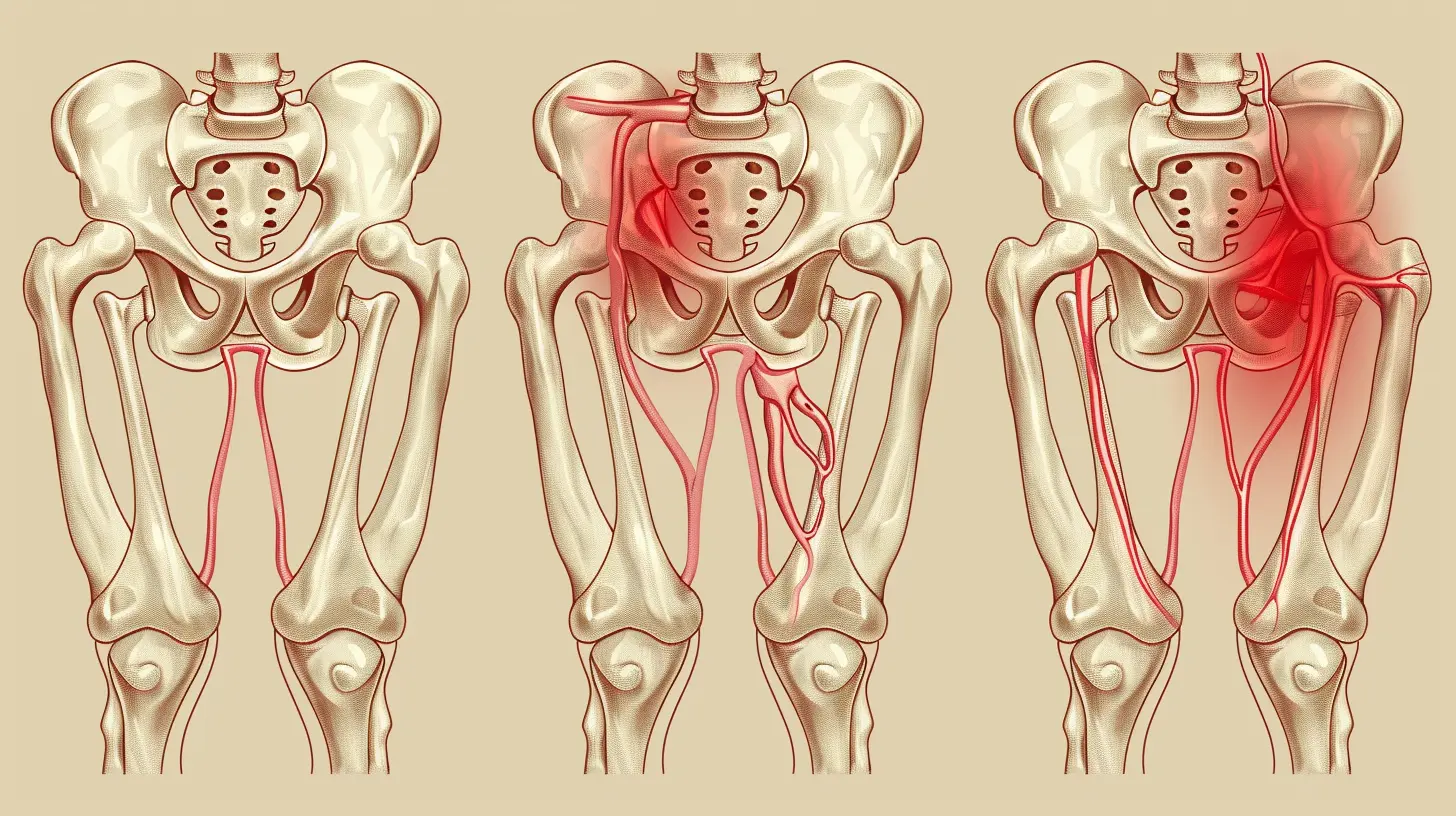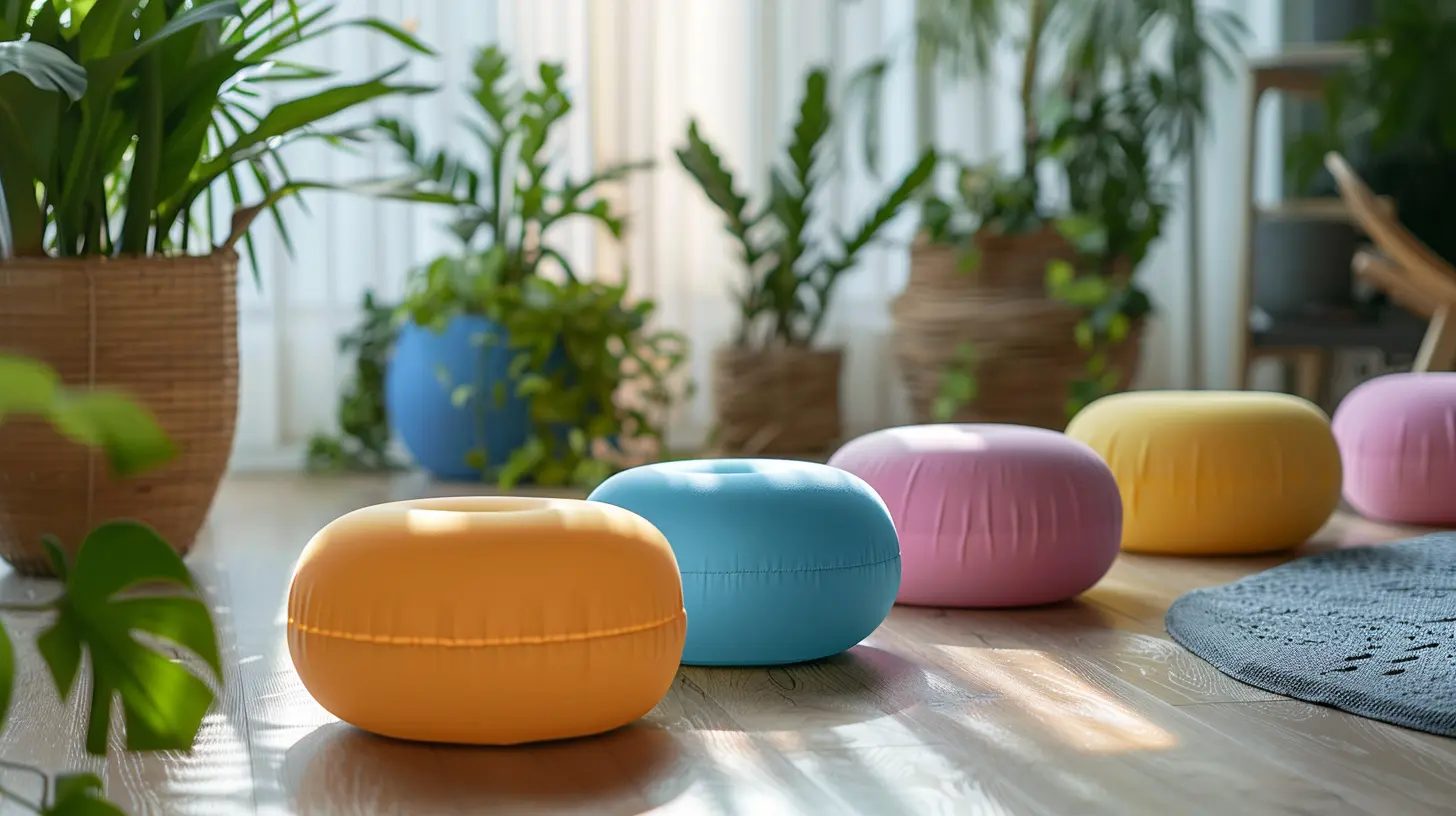Pelvic Floor Exercises: What to Do and What to Avoid Postpartum
3 November 2025
So, you’ve just welcomed your little bundle of joy into the world — congrats, mama! Your body has been through a wild ride, and boy, does it deserve a standing ovation. But now you may be wondering, “How do I even begin to feel strong again—especially down there?” Yep, we’re talking about your pelvic floor. Let’s be honest, it’s like the unsung hero of pregnancy and childbirth. It supports everything, takes a hit during delivery, and yet, somehow gets overlooked in postpartum care.
Well, not on our watch. In this article, we’re diving deep—like soul-searching, muscle-rebuilding deep—into pelvic floor exercises: what to do, what to avoid, and how to navigate this oh-so-important part of your recovery journey.
🌸 What Is the Pelvic Floor, and Why Does It Even Matter?
Imagine a hammock—stretching from your tailbone to your pubic bone. Now, instead of catching coconuts, this one holds your uterus, bladder, and bowel. That’s your pelvic floor. Cool visual, right?During pregnancy and especially after giving birth, this “hammock” gets stretched, weakened, or even injured. That can lead to issues like urinary leaks (yep, peeing when you laugh), painful intimacy, or even a sagging feeling “down there.” But don’t freak out—it’s super common. And with the right moves, you can absolutely bounce back.
💪 The Power of Postpartum Pelvic Floor Exercises
Before we get into the dos and don’ts, let’s just pause and appreciate the superpowers of pelvic floor exercises. They may not come with a cape, but they can:- Restore bladder and bowel control 🧻
- Improve core strength (hello, flatter tummy!)
- Enhance sexual pleasure 🌹
- Prevent or reduce pelvic organ prolapse (yikes!)
- Reduce lower back and pelvic pain
Sounds magical, doesn’t it? But it’s not pixie dust—it’s science-backed, body-loving rehab that your future self will thank you for.
🍼 When Can You Start Pelvic Floor Exercises Postpartum?
Good question—and the short answer is: it depends.If you had a vaginal delivery, you can usually begin gentle pelvic floor exercises (like Kegels) as soon as you feel ready, even a few days after birth. C-section mamas, you're not off the hook—your pelvic floor still carried the baby! However, you might need a little more time, especially if you’re sore or recovering from surgery.
But—and this is a big but—always check in with your healthcare provider first. Every birth story is different, and your body deserves personalized care.
✅ What Pelvic Floor Exercises You Should Do Postpartum
Alright, now for the good stuff. What should you actually be doing? Here’s your go-to list of gentle, effective, and mom-safe exercises to strengthen your pelvic floor and core.1. Kegels (a.k.a The Queen of Pelvic Moves)
Think of Kegels as the cornerstone of any pelvic recovery plan. They’re simple but oh-so powerful.How to do it:
- Imagine trying to stop the flow of urine midstream (but don’t actually do this while peeing).
- Contract the muscles you’d use to do that.
- Hold for 3–5 seconds. Then relax for 5 seconds.
- Aim for 10 reps, three times a day.
Pro Tip: Don’t just squeeze your butt or thighs—that’s not it. The feeling should be internal, subtle, and centered around your pelvic region.
2. Deep Belly Breathing with Core Engagement
This one is dreamy. It feels like wrapping your tired body in a warm hug from the inside.How to do it:
- Lie on your back, knees bent.
- Inhale deeply through your nose, letting your belly rise.
- Exhale through your mouth, gently pulling your belly button toward the spine.
- Add a Kegel at the end of your exhale for bonus points.
This is also known as diaphragmatic breathing. It helps reawaken your core and pelvic floor without strain.
3. Pelvic Tilts
Ready to reconnect with your abdominal muscles? Pelvic tilts are the gateway.How to do it:
- Lie on your back with knees bent and feet flat.
- Flatten your lower back against the floor by tilting your pelvis upward.
- Hold for a few seconds, then release.
Start slow, and breathe through each rep.
4. Bridge Pose
This is yoga meets strength-training. Bonus: it lifts your booty too!How to do it:
- Lie on your back with knees bent.
- Engage your core and glutes.
- Slowly lift your hips toward the ceiling.
- Squeeze your pelvic floor as you lift.
- Hold, then lower slowly.
Start with 10 reps. Trust the process—you’re building strength from the inside out.
🚫 What to Avoid in Postpartum Pelvic Floor Recovery
Now for the other side of the coin. While motivation is great (and we sure love your energy), jumping into exercises too fast—or doing the wrong ones—can do more harm than good. Here’s what to skip:1. High-Impact Activities (Too Soon)
Running, jumping, and HIIT workouts? Not right now, friend. These can put major pressure on your pelvic floor and worsen any existing weakness.Wait at least 12 weeks (or more), and get clearance from your doctor or pelvic health physio.
2. Crunches and Sit-Ups
These can increase intra-abdominal pressure and stress your pelvic floor and abdominal wall—especially if you’re dealing with diastasis recti (ab separation).Instead? Do core-friendly moves like deep breathing and pelvic tilts.
3. Holding Your Breath
When you hold your breath during exercise (like lifting heavy things or straining), you add pressure “down there.” Always exhale with effort, and keep your breath flowing.4. Overdoing It
Yes, even Kegels can be overdone. There’s such a thing as a too-tight pelvic floor, which can lead to pain and dysfunction. It’s all about balance—contract, relax, repeat.🧘♀️ Signs That You Might Need Extra Help
Listen, mama—we’re strong, but we don’t have to be superheroes every second of the day. If you’re doing the exercises and something still feels “off,” it’s okay to ask for support.Look out for these red flags:
- Persistent urine leakage
- Pain with intercourse
- Sensation of heaviness or bulging in the vagina
- Lower back or pelvic pain that doesn’t go away
- Trouble doing basic pelvic exercises
These are all signs you may benefit from seeing a pelvic floor physical therapist. (Seriously, those specialists are angels in yoga pants.)
🌈 The Emotional Side: Reconnecting With Your Body
Let’s take a moment.Healing isn’t just physical—it’s deeply emotional too. Your body carried life. It stretched, shifted, and rebooted every system to grow a person inside you. That’s powerful. And yet postpartum often leaves moms feeling disconnected, fragile, or even betrayed by their bodies.
But guess what? Every gentle breath, every quiet Kegel, every moment you take to care for yourself—it’s a love note to your body.
You’re not broken, you’re rebuilding.
This journey isn’t about getting back to “pre-baby” anything. It’s about becoming stronger, softer, wiser. You’re stepping into a new version of you. And she’s incredible.
🌟 Final Thoughts: Your Body Is On Your Side
Pelvic floor recovery is less about rigid rules and more about tuning in. Listen to your body, honor its signals, and give it the compassion it gave you during pregnancy.Start slow. Stay consistent. Rest often. And celebrate the small wins—like laughing without leaking, standing taller, or simply feeling good again.
You’ve got this, mama. Your pelvic floor may not be visible in the mirror, but its strength? Oh, it echoes in everything you do.
✨ FAQs: Pelvic Floor Edition
Q: Can I do Kegels while breastfeeding or holding my baby?A: Yep! Kegels are super versatile—you can sneak them in while feeding, in the car, or even standing in line. Just don’t forget to actually do them!
Q: Will I ever feel "normal" down there again?
A: What’s “normal,” anyway? Recovery looks different for everyone, but with time and TLC, most women regain full function and even more awareness of their pelvic health than before.
Q: Should I still do pelvic floor exercises if I had a C-section?
A: Absolutely. Your pelvic floor supported your baby through pregnancy. C-section or not, it needs love too.
Q: When should I see a pelvic floor specialist?
A: If something feels off or if you’re unsure whether you’re doing exercises correctly—go! You don’t need to suffer in silence.
all images in this post were generated using AI tools
Category:
Postpartum RecoveryAuthor:

Tara Henson

